Introduction
An unprecedented technological revolution continues to disrupt the world around us. Changes are underway on a vast scale, with digitalisation transforming economies, governments and societies in complex, interrelated and often unpredictable ways. Government policies and practices have often not kept up with the speed of change. However, some at the edge of government innovation are using fantastic, novel solutions to solve today’s challenges for the collective good.
The OECD Observatory for Public Sector Innovation (OPSI) and the United Arab Emirates (UAE) Mohammed Bin Rashid Centre for Government Innovation (MBRCGI) partnered to conduct a global review that explores how governments are innovating and taking steps to make innovation a routine and integrated practice across the globe.
Understanding Innovation
The OPSI Innovation Facets Model
To help governments to comprehend what successful innovation looks like today, and to help them take a portfolio approach to innovation, OPSI has identified four primary facets of public sector innovation.
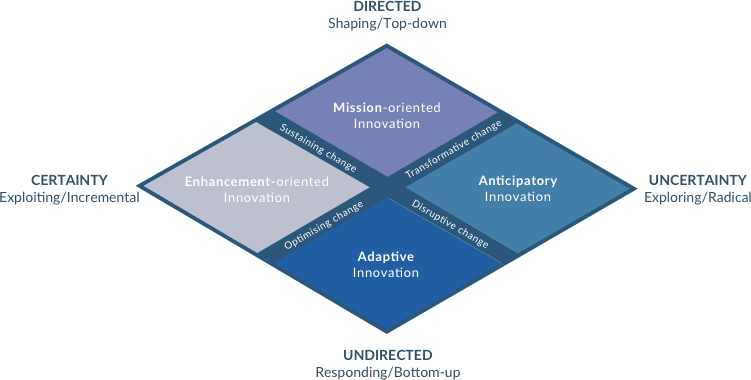
- Mission-oriented Innovation
- Setting a clear outcome and overarching objective for achieving a specific mission.
- Enhancement-oriented Innovation
- Upgrading practices, achieving efficiencies and better results, and building on existing structures.
- Adaptive Innovation
- Testing and trying new approaches in order to respond to a changing operating environment.
- Anticipatory Innovation
- Exploring and engaging with emergent issues that might shape future priorities and future commitments.
Global Trends Show That Governments are Undertaking Different Kinds of Innovation
OPSI evaluated 542 cases of government innovations and identified three key trends in public sector innovation. Because innovation is often multi-faceted, innovations within these trends fall in various places across the Innovation Facets Model.
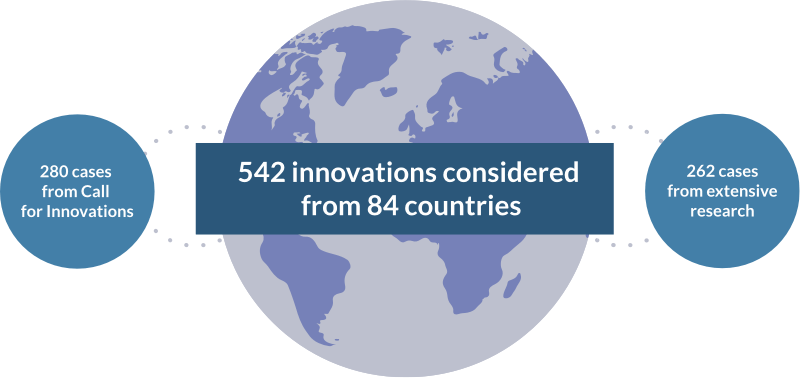

Trend 1: Invisible to Visible
Governments in recent years have made transparency and openness a focus, but the insights, perspectives and opinions of citizens and residents remain largely invisible. Governments may also struggle to see the different paths they can take to design successful policies and services. Governments are taking innovative steps to make these invisible factors visible.
Examples of Innovations
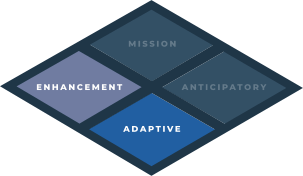
Behavioral Insights and Gamification
Lessons derived from the behavioural and social sciences–decision making, psychology, cognitive science, neuroscience, organisational and group behavior–are being applied by governments through behavioural insights and gamification.

Carrot Rewards
The Government of Canada partnered with the private sector to create Carrot Rewards, an app that uses gamification and behavioural insights to better understand the motivations and perspectives of Canadians and encourage them to make better decisions by providing them with rewards points. Read about this innovative public-private partnership on page 38 of Embracing Innovation in Government.
Immersive Technology
Governments have begun realising the potential of Augmented Reality and Virtual Reality for new public sector purposes. Governments use these technologies to bring previously invisible insights, ideas, and people into focus.
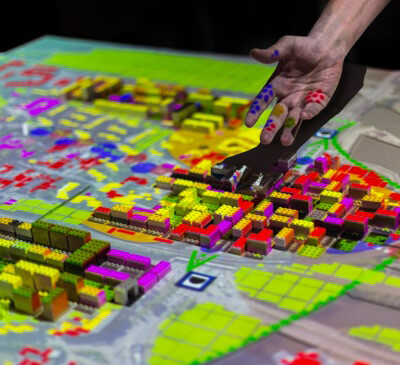
Finding Places
The Hamburg Mayor’s Office, Massachusetts Institute of Technology (MIT) Media Lab, and the HafenCity University Hamburg partnered in using immersive technology to bring residents’ personal experiences and local knowledge to help solve the city’s housing crisis for a growing number of refugees. With Finding Places, residents used optically tagged LEGO bricks and augmented reality to propose new housing sites. Read about this innovative resident engagement initiative on page 44 of Embracing Innovation in Government.
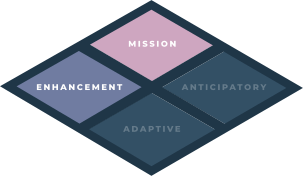
Citizen Science
Governments have initiated innovative approaches to convening and coordinating citizen science on digital platforms. With citizen science, interested members of the public can participate in the scientific process and address real-world problems.
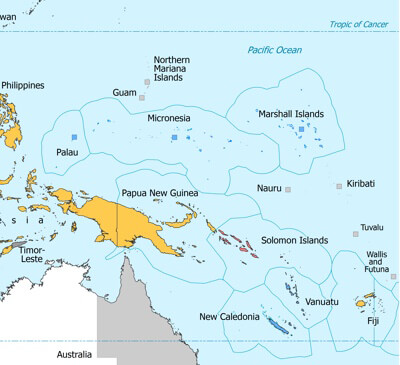
Zika Mozzie Seeker
To address growing Zika virus outbreaks, Metro South Health (MSH) in Queensland, Australia launched Zika Mozzie Seeker, a program that empowers thousands of citizen scientists to deploy mosquito traps that serve as an early warning system for detecting mosquitoes capable of carrying the virus. Read more about this innovation on page 50 of Embracing Innovation in Government.
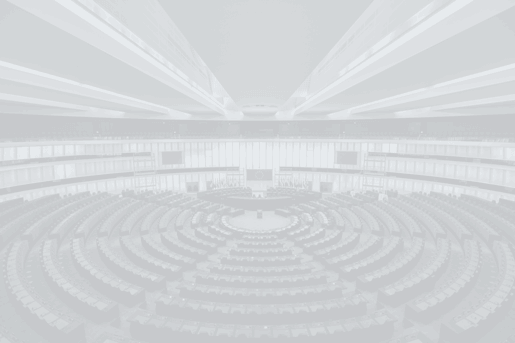
Trend 2: Opening Doors
The complexity of government has traditionally limited participation and minimised public value for underserved populations. But new technologies, open data, and the emergence of new business models have created space for governments to explore new opportunities that open doors to the public value of government.
Examples of Innovations

Circular Economy as Currency
In an attempt to limit the damage of climate change, governments are focusing on sustainable design, upcycling, and recycling to innovate on policy, sustainable design of goods and services, and tax incentives and to create a more environmentally friendly economy.

Recyclables as Transportation Fare
Surabaya has launched Suroboyo Bus, a new rapid transit initiative that allows city residents to pay for bus fare with recyclable bottles. The initiative encourages improved recycling habits and helps to open doors to public transportation for those with less financial means. Read about this innovation on page 74 of Embracing Innovation in Government.

The Platform Economy
Governments are exploring new ways to use the platform economy–online platforms that organize the implied monetary exchange of the sharing economy–to improve the public value of government.

Sharing Economy for Government Spaces
The City of Amsterdam has begun renting out underutilised offices in government buildings to civil society organisations in an Airbnb-type space sharing pilot program. Read more about how the City of Amsterdam is participating in the platform economy on page 68 of Embracing Innovation in Government.

Transportation as Benefit
The City of South Bend, Indiana has launched Transportation as a Benefit, an innovative pilot that uses a network of independent transportation providers such as Uber and Waze Carpool to meet the needs of employees and the employers. The programme helps ensure employees are able to get to work and reduces costs for employers due to reduced turnover and absences. Read about this innovation on page 78 of Embracing Innovation in Government.

Access to Justice
Access to justice is crucial because it is a determinant of inclusive growth, citizen well-being, and sound public administrations. It influences economic performance, and it relates directly to trust in government.
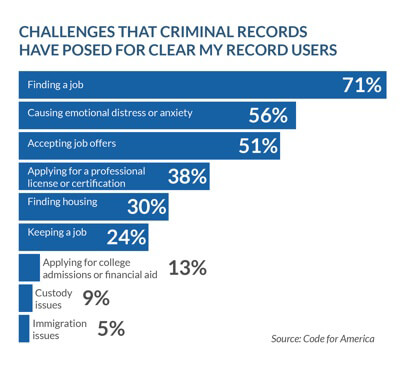
Clear My Record
Created by Code for America, in collaboration with California District Attorney offices, Clear My Record is a program that applies an open-source algorithm to clear individuals’ criminal records for activities that were once illegal but are now permitted, helping them to better access jobs and housing. Read how Clear My Record has opened participation and access for thousands of individuals on page 84 of Embracing Innovation in Government.
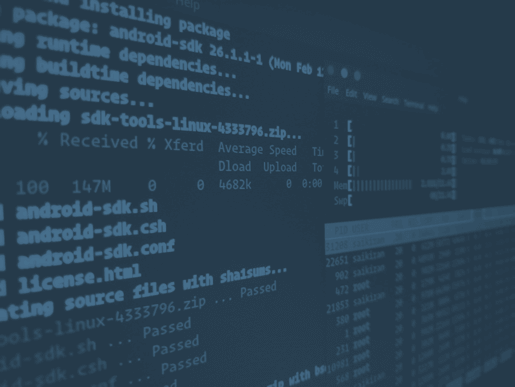
Trend 3: Machine-Readable World
Our world is being translated into bits and bytes that can be read by machines and fed into algorithms. Governments are innovating to reconceive the way policy and legislation is created by making them machine-readable. They have also begun to digitise human characteristics, senses, and surroundings to deliver innovative services and interventions.
Examples of Innovations
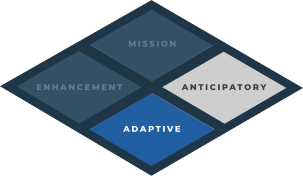
Law as Code
For decades, the way governments have developed laws, policies, and other types of rules has largely remained stagnant, but some governments have begun designing, publishing and refining these rules into machine-readable formats.
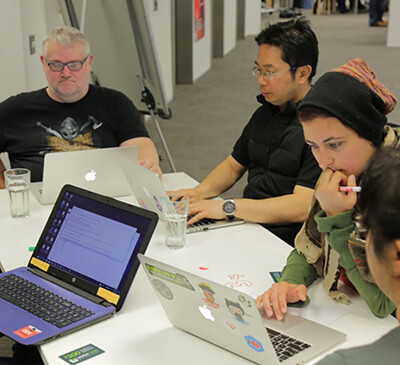
Better Rules
The Government of New Zealand created Better Rules, an innovative pilot that re-writes laws as machine-consumable code to help ensure proper implementation and develop real-time feedback loops between legislative design and the implementation process. Read about how law-as-code is fueling future innovations on page 104 of Embracing Innovation in Government.
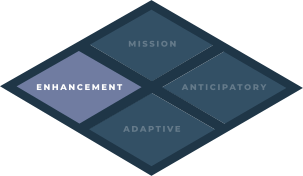
Digitising Human Characteristics and Surroundings
Some governments have transformed human decisions, characteristics, and environmental surroundings into machine readable data that can be fed into automated decision algorithms.
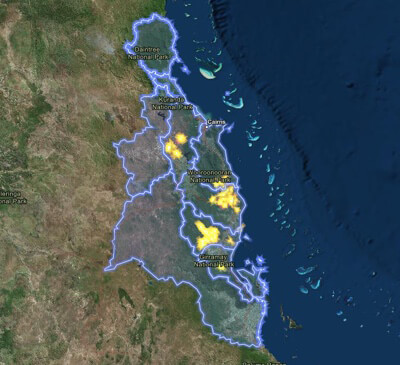
Machine Learning for Land-mapping
The Queensland Government Department of Environment and Science adopted machine learning to automatically map and classify land use in satellite imagery, which allows them to focus on science rather than line-drawing on maps. This provides the potential for transforming emergency response, disease outbreak readiness, and biodiversity conservation, among other things. Read more about this innovation on page 114 of Embracing Innovation in Government.
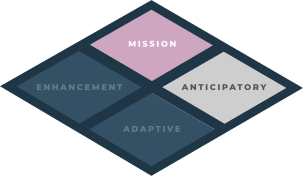
Emerging Technologies
As governments make more components of everyday life machine readable, they effectively create the fuel that feeds emerging technologies. Every bit of data generated is a building block that can, for instance, feed into decision-making algorithms. Government are experimenting with the potential demonstrated by emerging tech.

Counterfeit Medicine Detection Using Blockchain and AI
In Mongolia, an estimated 40 percent of all medicine is fake, causing many deaths and other complications. The Government of Mongolia has partnered with the private sector to use blockchain and AI to track each batch of medicine along every step of the supply chain. Read about this anticipatory innovation on page 118 of Embracing Innovation in Government.
Tools and Resources for Innovators
In a time of increasing complexity, rapidly changing demands and considerable fiscal pressures, governments must understand, test and embed new innovative approaches. To make innovation more accessible and deployable for governments, OPSI has developed three new resources for government innovators.
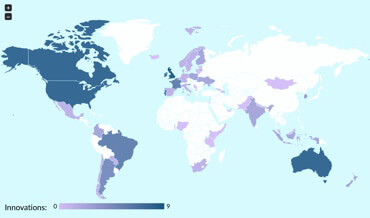
OPSI Case Study Platform
OPSI has created a case study platform where innovations can be collected and shared to help disseminate and replicate good ideas.
Visit Cases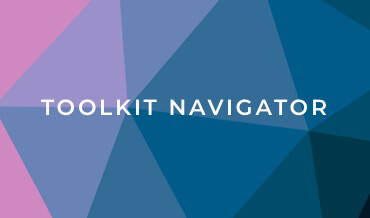
OPSI Toolkit Navigator
The OPSI Toolkit Navigator provides support by orienting users around a vast collection of innovation toolkits so that users can find those best suited to their situational needs.
Visit Toolkit
Facets Workshop for Innovators
The OPSI Innovation Facets Model provides a valuable, empirically developed way to explain public sector innovation. However, governments also need to know how to put theory into practice, in order to make sense of and orient their own portfolios of innovation activity. OPSI has developed a workshop for governments to use to build a shared understanding of innovation in their organisations, analyse their innovation activities, uncover how different innovation activities are supported (or not), evaluate their innovation portfolio balance, and develop a roadmap of actions that sustain, reorient or develop new activities or innovation investments.
Visit Workshop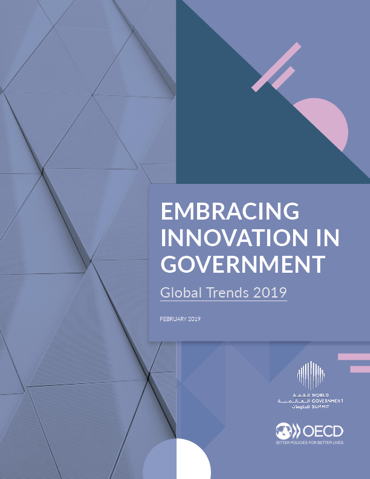
Download the Report
Embracing Innovation in Government: Global Trends 2019
Read the global review on how governments and their partners are innovating.
Download Report


